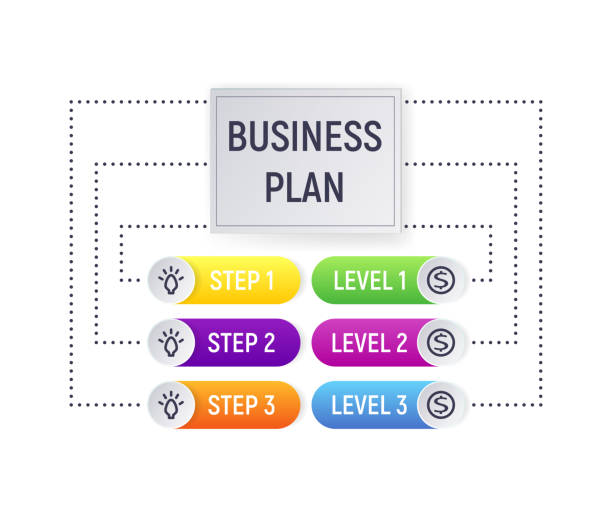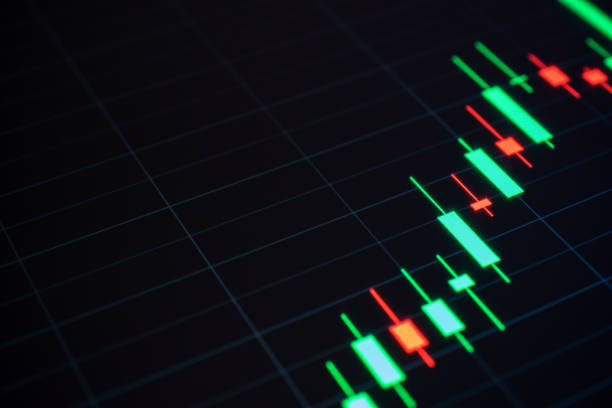Common Active Trading Strategies
Definition of Active Trading
Active trading is buying and selling securities based on short-term movements to profit quickly. This is in contrast to passive investing, where the approach is to buy and hold over the long term. Traders often use a multitude of tools and strategies, which include but are not limited to fundamental, quantitative, and technical analysis. Some traders also focus on market news and events.
Additionally, active traders may trade various financial instruments such as stocks, bonds, currencies, and commodities. They may also use options, futures, and derivatives to hedge their positions or increase potential returns. Regarding active trading strategies, there are four (4) common approaches. They are scalping, day trading, swing trading, and position trading.
Common Active Trading Strategies
Scalping
Scalping involves profiting from small price movements in a security. Scalpers generally hold a trading position for a very short period, ranging from a few seconds to a few minutes, and they aim to generate gains from small price fluctuations.
Traders using the scalping approach must consider the transaction fees and the bid-ask spreads. Because of the frequency of the scalper’s trades, these costs can be considerable if not managed efficiently. Additionally, scalping requires quick decision-making, focus, and discipline, as scalpers must be able to enter and exit positions quickly to take advantage of small price movements.
- ProsScalping can offer quick gains as traders aim to profit quickly from small price movements.
- Because of the high trading frequency, scalping allows traders to take advantage of numerous trading opportunities.
- This approach captures tiny price movements, reducing exposure to sudden market reactions.
- Scalping can help traders develop strong habits because of the high level of discipline and focus it requires
- ConsScalping involves a high frequency of trading, which can result in increased transaction costs such as commissions and bid-ask spreads.
- This approach can be very stressful and emotionally draining.
- Given the approach of capturing small profits frequently, scalping has a limited profit potential per trade.
- Scalping requires solid risk management to juggle multiple positions and limit exposure to market risk.
Day Trading
Day trading is a short-term strategy whereby securities are bought and sold within the same day. Day traders aim to profit from price movements in security and typically close all of their positions by the close of the market trading day.
The general public often associates day trading with individual investors who work from home or a small office and use their capital to trade securities. However, day traders also work for large financial institutions such as banks, brokerage firms, and hedge funds.567
- ProsThere is a high potential for profits per trade if executed correctly.
- Day traders can work from anywhere with an internet connection, making it a convenient and flexible way to earn a living.
- There is no overnight risk as day traders close all their positions by the end of the day.
- ConsDay trading is a high-risk strategy, and traders can lose a significant amount of money if they do not have a solid understanding of market trends and risk management techniques.
- Trading costs can eat into potential profits.
- Day trading is fast-paced and can lead to emotional trading decisions such as overtrading or holding onto losing positions for too long.
Swing Trading
This approach involves buying and holding securities for a short period, usually from a few days to a few months. The goal of swing trading is to gain from short-term price movements in the market, buying when prices are low and selling when prices are high.
Swing traders have to manage sudden and unexpected moves in the market, which can lead to losses. They have to stay informed about market trends and news. Additionally, swing traders need strong risk management skills and discipline to stick to their trading plan and avoid emotional trading decisions.
- ProsReduced transaction costs relative to scalping and day trading.
- Swing traders have more time to analyze market trends and make informed trading decisions, reducing the risk of emotional trading decisions.
- Swing trading can offer more flexibility than position trading, as traders can adjust their positions as market conditions change.
- ConsSwing traders may be exposed to sudden market events that can cause significant price movements.
- This approach requires relatively more time commitment as swing traders must analyze market trends and monitor their positions.
- Swing traders may miss out on long-term price movements as they only hold positions from a few days to a few months at most.
Position Trading
This approach entails holding positions in securities for an extended period, usually from several l months to years or even decades. The objective of position trading is to profit from significant trends in the market rather than short-term price movements. Position trading is less active than scalping, day trading, and swing trading. Institutions typically allocate a portion of their trading book to this approach.
Generally, position traders use fundamental analysis to identify undervalued or overvalued securities and hold these positions for the long term, waiting for the market to correct itself. Position traders may also use technical analysis to identify optimal entry and exit points.
- ProsPosition trading can offer higher potential gains than the other active trading strategies as traders aim to profit from long-term price movements.
- There are fewer transaction costs due to the infrequency of trading.
- Position traders can be more flexible in their trading strategy as they can adjust their positions as market conditions change.
- This approach allows more time to analyze market trends and make informed trading decisions, reducing the risk of emotional trades.
- ConsPosition traders may be exposed to sudden market events that can cause significant price movements.
- This approach may limit the trader’s ability to exploit short-term market opportunities.
- Holding positions for an extended period can limit the trader’s liquidity, making it difficult to add new posts.
- Position traders must have a solid risk management plan to manage their positions and limit their exposure to market risk.
Advantages of Active Trading
There are several reasons why individuals and entities consider active trading strategies. These include:
- High return potential: There is a potential for higher returns compared to passive investment strategies. By actively monitoring the market and making informed decisions, traders can take advantage of short-term price movements and profit from market volatility.
- Flexibility: Traders can adjust their trading strategies to take advantage of changing market conditions and adapt their approach based on risk tolerance.
- Control: Active traders have greater control over their investment decisions than passive investors. They can choose entry and exit points, set stop loss and profit levels, and manage risk exposures.
Limitations of Active Trading
Individuals and entities should be aware of the limitations of active trading. These limitations include:
- High risk: There is a higher risk level than passive investing strategies. Traders must manage their risk effectively and have a solid understanding of risk management concepts and techniques.
- Time and effort: Active trading requires enormous time and effort. Traders must monitor the market and make informed decisions, which can be time-consuming and stressful.
- Transaction costs: Because of the increased frequency of trading, there will be a more significant amount of transaction costs, commissions, and fees associated with this approach.
- Emotional stress: Active trading can be emotionally stressful, particularly during market volatility.
- Tax implications: Short-term capital gains taxes can occur through the short-term profits generated by active trading.




Post Comment